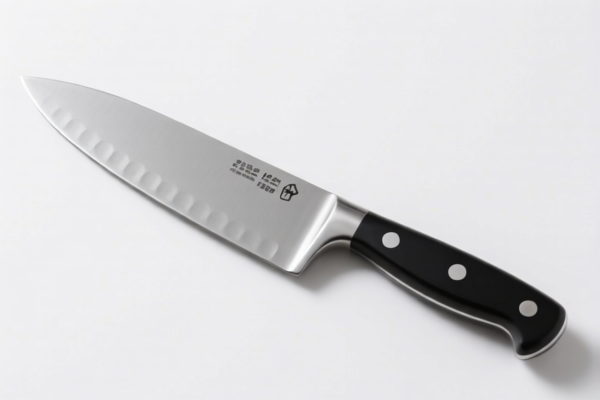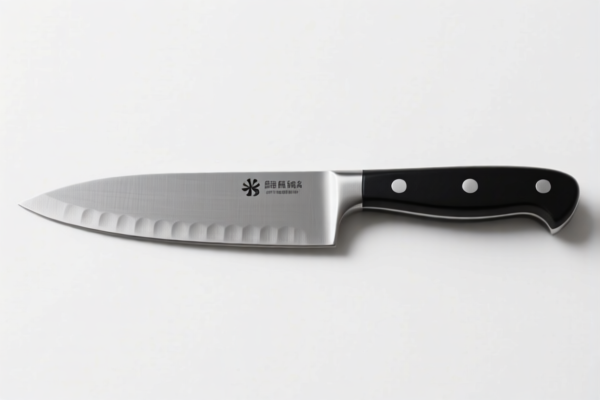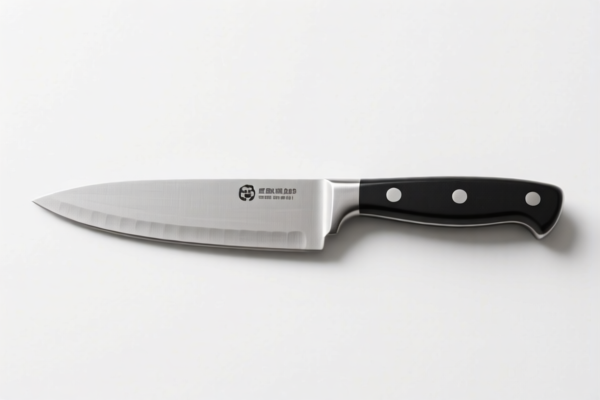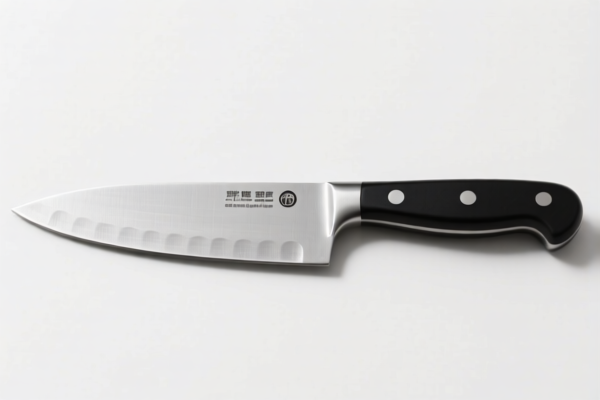| HS Code | Official Doc | Tariff Rate | Origin | Destination | Effective Date |
|---|---|---|---|---|---|
| 8208100060 | Doc | 55.0% | CN | US | 2025-05-12 |
| 8208906000 | Doc | 55.0% | CN | US | 2025-05-12 |
| 8211100000 | Doc | The rate of duty applicable to that article in the set subject t+30.0% | CN | US | 2025-05-12 |
| 3926903500 | Doc | 44.0% | CN | US | 2025-05-12 |
| 3923900080 | Doc | 58.0% | CN | US | 2025-05-12 |




Cutting Knife
A cutting knife is a bladed tool used for slicing, chopping, trimming, and otherwise separating materials. Its broad definition encompasses a wide range of tools, differing significantly in blade shape, size, and intended purpose.
Material
Blades are most commonly constructed from:
- High-Carbon Steel: Offers excellent sharpness, edge retention, and is relatively inexpensive. Prone to rust if not properly maintained.
- Stainless Steel: Resistant to rust, corrosion, and staining, though generally doesn't hold an edge as well as high-carbon steel.
- Ceramic: Extremely hard and sharp, retaining their edge for a very long time. More brittle than steel, susceptible to chipping or breaking with misuse or impact.
- Titanium: Lightweight, corrosion-resistant, and strong, but generally more expensive and doesn't hold an edge as well as steel.
Handles are commonly made from:
- Wood: Traditional, comfortable, and aesthetically pleasing. Requires maintenance to prevent cracking or warping.
- Plastic/Polymer: Durable, lightweight, and often dishwasher-safe.
- Metal: Robust and hygienic, often used in professional settings.
- Composite Materials: Offer a combination of strength, lightness, and ergonomic design.
Purpose & Function
The primary function is material separation through shearing stress applied by the blade edge. Specific purposes dictate blade geometry and construction. Key functions include:
- Slicing: Creating thin, even cuts.
- Chopping: Breaking down materials with a forceful, downward motion.
- Trimming: Removing small portions of material for precision.
- Carving: Shaping materials with controlled cuts.
Usage Scenarios
Cutting knives are utilized across numerous fields:
- Culinary Arts: Food preparation, including meat, vegetables, fruits, and bread.
- Carpentry/Woodworking: Cutting, shaping, and trimming wood.
- Crafts/Hobbies: Paper cutting, leatherworking, sculpting.
- Gardening: Pruning plants, harvesting vegetables.
- Industrial Applications: Fabric cutting, packaging, and specialized material processing.
- Medical/Surgical: Precise tissue dissection (scalpels are a specialized type of cutting knife).
Common Types
- Chef's Knife: Versatile, all-purpose knife for most kitchen tasks. Typically 8-12 inches in blade length.
- Paring Knife: Small knife for detailed work, peeling, and trimming. Typically 3-4 inches in blade length.
- Utility Knife: General-purpose knife for slicing and cutting. Often features a replaceable blade.
- Bread Knife: Long, serrated blade for slicing bread without crushing it.
- Boning Knife: Thin, flexible blade for removing bones from meat.
- Carving Knife: Long, thin blade for slicing cooked meats.
- Pocket Knife: Small, foldable knife for everyday carry.
- Utility Knife/Box Cutter: Used for opening boxes and cutting cardboard, often with retractable blades.
- Scalpel: A very sharp blade used for surgical procedures and precise cutting.
- Craft Knife/X-Acto Knife: Small knife with a very fine blade used for detailed crafts and modeling.
- Japanese Knives (e.g., Santoku, Deba, Yanagiba): Known for their sharpness, precision, and specialized designs.
Cutting knives can be classified under several HS codes depending on their specific characteristics and applications. Here's a breakdown of relevant classifications based on the provided information:
- 8208.10.0060: This HS code covers knives and cutting blades for machines or mechanical appliances, specifically for metalworking, and parts thereof. The total tax rate is 55.0%, comprising a 0.0% base tariff and a 25.0% additional tariff, increasing to 30% after April 2, 2025.
- 8208.90.6000: This HS code also covers knives and cutting blades for machines or mechanical appliances, but categorized as 'Other' (including parts). The total tax rate is also 55.0%, with a 0.0% base tariff and a 25.0% additional tariff, increasing to 30% after April 2, 2025.
- 8211.10.0000: This HS code applies to knives with cutting blades, serrated or not (including pruning knives), excluding those under heading 8208, and blades and other base metal parts thereof, specifically sets of assorted articles. The tax rate is variable, being the rate applicable to the article within the set plus 30.0%.
According to the provided reference material, the HS code options related to 'cutting knife' are limited, with only the following 3 found.
Regarding HS code 8208.10.0060 and 8208.90.6000, please note the additional tariff of 25.0% which will increase to 30% after April 2, 2025. For HS code 8211.10.0000, the applicable tax rate depends on the composition of the assorted set.
Customer Reviews
No reviews yet.